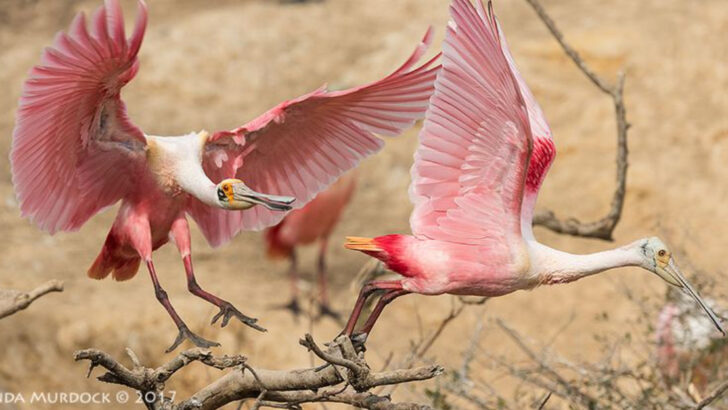The United States is home to some of the most breathtaking birds on the planet—each one a symbol of wild beauty and untamed freedom.
From the majestic screech of the Bald Eagle to the playful flit of the Black-capped Chickadee, these birds don’t just live here—they rule the skies. Their colors, calls, and behaviors make them unforgettable, and each species tells a story of survival, adaptation, and pure wonder.
These avian wonders are found nowhere else in the world, making them even more special. They’re more than just birds; they’re the living treasures of America’s natural world.
Join us as we explore 20 wild birds that are native only to the U.S., and discover what makes each one truly spectacular, from their unique features to their vital role in the ecosystems they call home.
California Condor
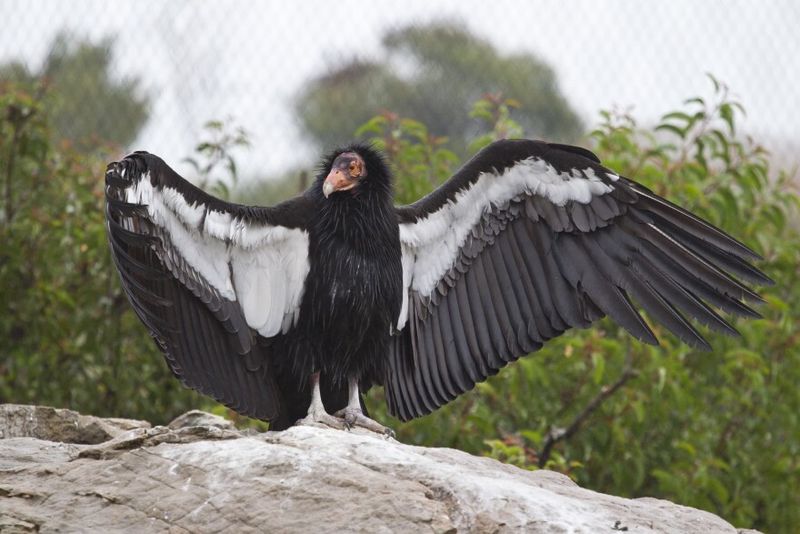
The California Condor, with its impressive wingspan, is the largest land bird in North America. Gliding gracefully over the rugged landscapes of the Grand Canyon, these birds symbolize conservation triumphs.
Once on the brink of extinction, their revival is a testament to dedicated wildlife efforts. Their striking black feathers and white-fringed wings create a mesmerizing sight.
Witnessing these majestic creatures in their natural habitat is a reminder of nature’s resilience and beauty.
American Woodcock
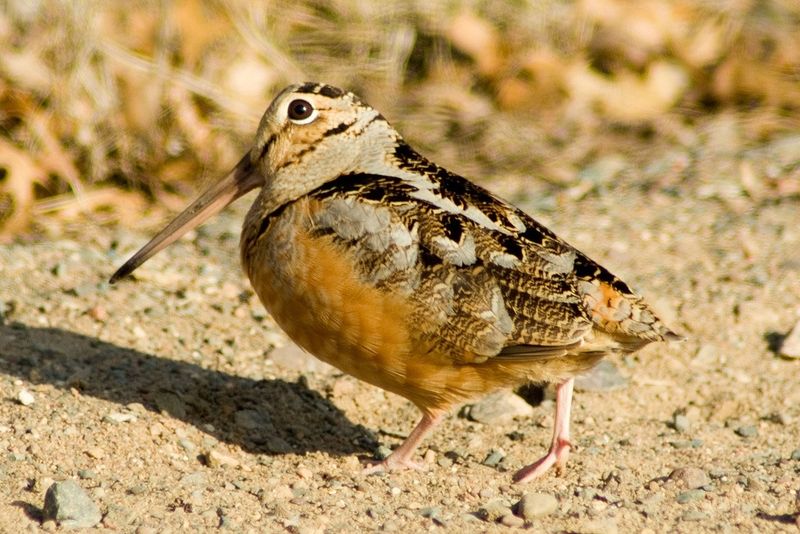
The American Woodcock, often called the “timberdoodle,” delights with its quirky courtship dance during twilight. This plump, brown bird is known for its erratic flight patterns and long, probing beak.
In the quiet woods of the Eastern U.S., its “peent” call is a familiar springtime sound. Its eyes are set high on its head, providing 360-degree vision, a unique adaptation for survival.
Birdwatchers cherish the chance to spot this elusive performer during its seasonal displays.
Florida Scrub-Jay
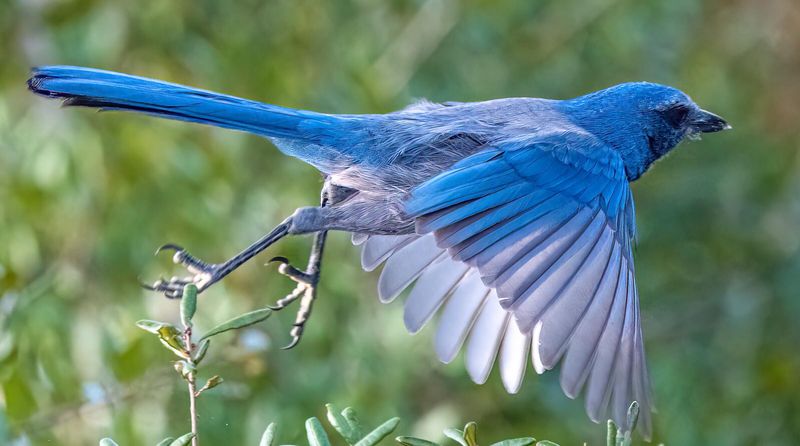
The Florida Scrub-Jay, a vivid blue and gray bird, thrives in the sandy scrublands of Florida. As the state’s only endemic bird, it holds a special place in local ecology.
This cooperative breeder lives in close-knit family groups, showcasing social behaviors rare among birds. Its curious nature leads it to approach humans, often delighting visitors.
The Scrub-Jay’s survival is closely tied to preserving its diminishing habitat, highlighting the importance of conservation.
Gunnison Sage-Grouse
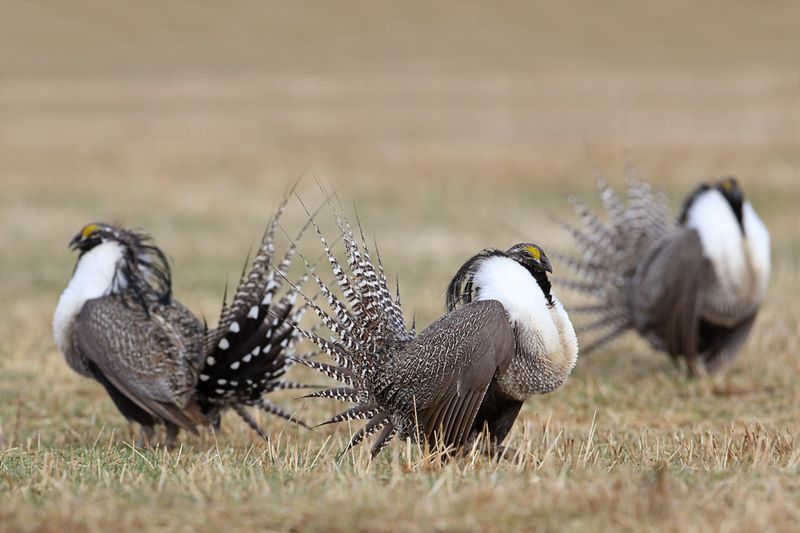
The Gunnison Sage-Grouse, with its elaborate mating display, is a spectacle of the sagebrush regions of Colorado. Males puff their chests and fan their tails in a mesmerizing dance that captivates onlookers.
This bird’s striking appearance is complemented by its unique vocalizations, echoing through the vast landscape.
As one of North America’s rarest birds, it serves as a symbol of the delicate balance within its habitat, threatened by encroachment and climate changes.
Hawaiian Honeycreeper
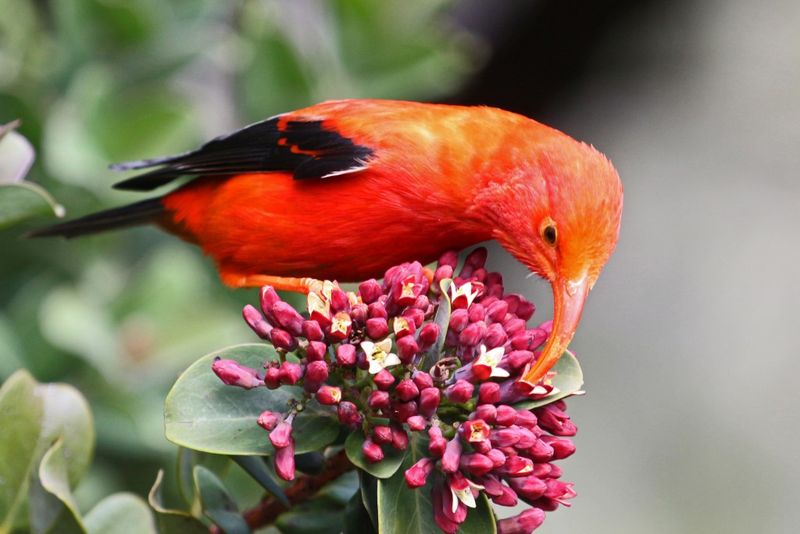
Native to the Hawaiian Islands, the Hawaiian Honeycreeper is a brilliant example of adaptive radiation. With over 50 species, these birds exhibit diverse shapes, colors, and beak forms.
Feeding on nectar, they play a crucial role in pollination, contributing to the islands’ unique ecosystems. Their vibrant colors and intricate songs add a lively dimension to Hawaii’s forests.
Unfortunately, habitat loss and invasive species threaten their existence, underscoring the need for protection efforts.
Ivory-billed Woodpecker

Once thought extinct, the Ivory-billed Woodpecker continues to evoke hope and intrigue. It was last spotted in the dense forests of the Southern U.S., a ghostly presence in its habitat.
Characterized by its striking black and white plumage and distinctive red crest, it is the stuff of birdwatching legends.
Efforts to verify its existence spark debates and expeditions, as this elusive bird remains a symbol of mystery and potential rediscovery.
Kirtland’s Warbler
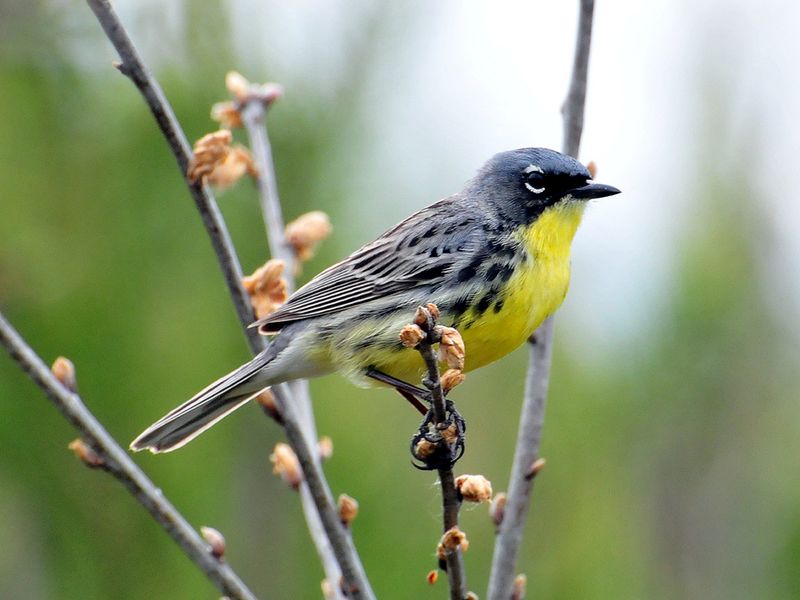
Kirtland’s Warbler is a conservation success story, native to Michigan’s young jack pine forests. Its distinct song and bright yellow chest make it a jewel of its habitat.
Restricted to a specific breeding range, this bird’s survival relies on precise environmental conditions. Conservation efforts have seen its numbers rise from perilously low.
Its presence is a testament to collaborative conservation strategies and the importance of habitat management.
Piping Plover
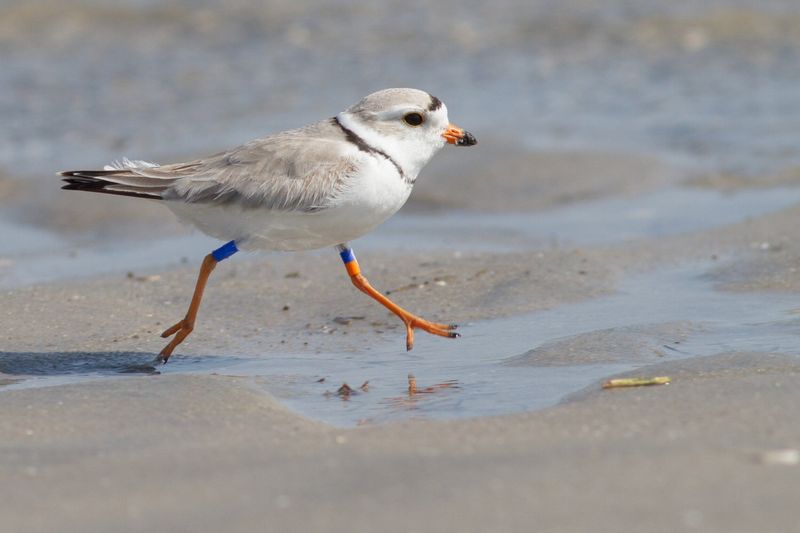
The Piping Plover, with its soft, melodic whistle, enchants coastal regions of the Eastern U.S. This small, pale shorebird nests on sandy beaches, often blending into its surroundings.
Its survival is challenged by human activity, making it a focus of conservation efforts. Nesting sites are carefully protected to ensure their future.
Watching a Piping Plover scurry along the beach, it’s easy to appreciate its delicate charm and the fragile environment it calls home.
Red-cockaded Woodpecker

The Red-cockaded Woodpecker is a keystone species of the southeastern pine forests. With its distinctive white cheek patch, it plays a crucial role in its ecosystem.
These birds bore cavities in living pines, creating habitats for other species as well. Their cooperative breeding system is a marvel of social structure in avian life.
Conservation efforts target the preservation of its longleaf pine habitat, vital for the survival of numerous wildlife species.
Roseate Spoonbill
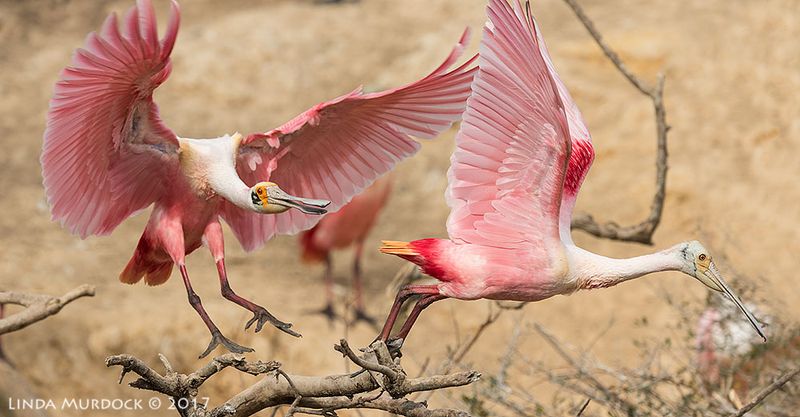
The Roseate Spoonbill dazzles with its bright pink feathers and distinctive spoon-shaped bill. Found in the wetlands of Florida, it’s a delight for birdwatchers and photographers alike.
Wading gracefully through shallow waters, it swings its bill side to side in search of food, contributing to the dynamic ecosystem.
Its striking coloration and elegant movements make it a spectacular sight, embodying the vibrant life of America’s wetlands.
Sage Thrasher
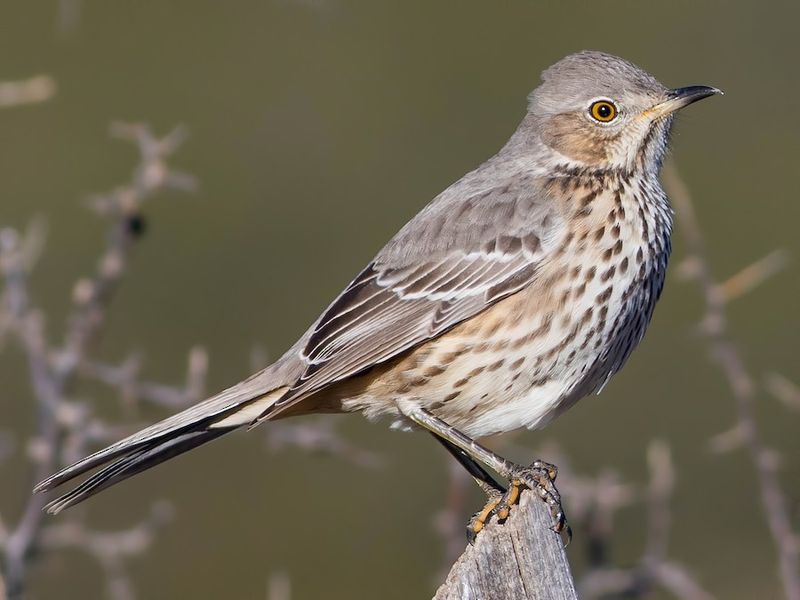
The Sage Thrasher, with its melodious song, is a cherished resident of the Western U.S. sagebrush plains. Its streaked brown feathers blend seamlessly into its surroundings.
This small bird is a master of mimicry, weaving local sounds into its own tunes. Its presence is a sign of a healthy sagebrush ecosystem.
Efforts to conserve its habitat ensure the continuation of its beautiful symphony, a reminder of nature’s intricate melodies.
Spotted Owl

The Spotted Owl, emblematic of the Pacific Northwest’s ancient forests, is a symbol of conservation challenges. With its piercing eyes and mottled feathers, it blends into the shadows.
This bird of prey relies on old-growth forests, which are increasingly threatened by logging and development. Its presence is an indicator of forest health.
Conservationists work tirelessly to secure its habitat, ensuring that the haunting hoot of the Spotted Owl continues to echo through the woods.
Western Tanager

The Western Tanager, with its fiery plumage, brightens the forests of the Western U.S. Its red, yellow, and black colors are a striking contrast to the green canopy.
These birds are migratory, traveling vast distances to breed in the temperate forests. Their cheerful song and vivid appearance make them a favorite among bird enthusiasts.
Their beauty is a reminder of the richness of avian life and the interconnectedness of global ecosystems.
Willow Ptarmigan
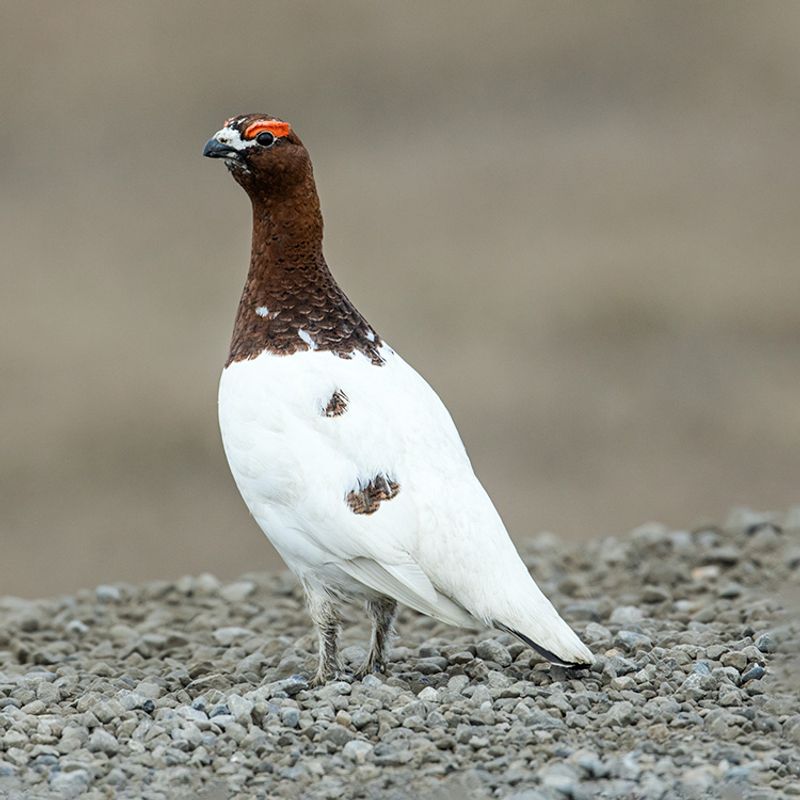
The Willow Ptarmigan, Alaska’s state bird, is a master of camouflage. Its seasonal plumage changes from brown in summer to white in winter, blending seamlessly into the snowy tundra.
As a ground-dwelling bird, it navigates the harsh Alaskan climate with resilience and adaptability. Its soft calls are a gentle reminder of the wilderness’s quiet beauty.
The Willow Ptarmigan exemplifies nature’s ability to thrive in extreme conditions, a testament to evolutionary ingenuity.
Yellow-billed Magpie
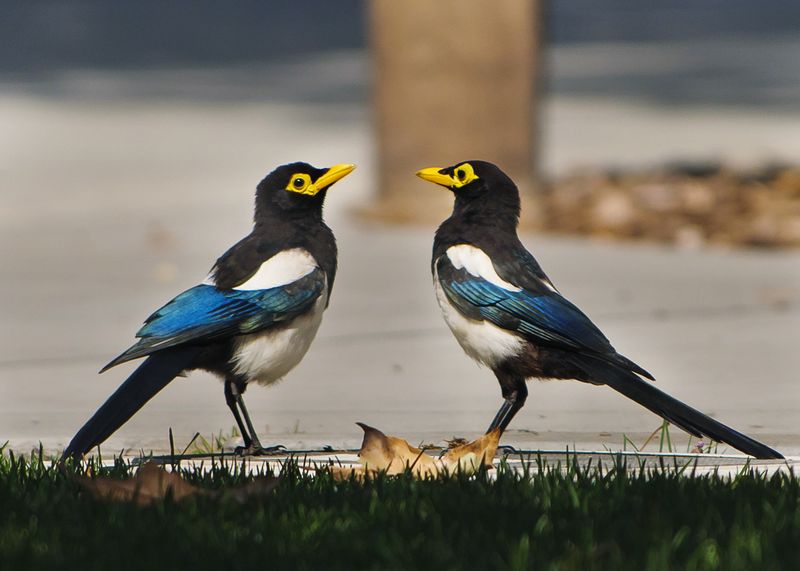
Endemic to California, the Yellow-billed Magpie is instantly recognizable by its yellow beak and long tail feathers. These social birds are often found in open woodlands and farmland.
Their playful nature and intelligence are captivating, often engaging in complex social interactions. They play an important role in the local ecosystem by controlling insect populations.
Observing a group of magpies is witnessing a lively and intelligent community in action, a reminder of the vibrant life in California’s landscapes.
Short-tailed Albatross
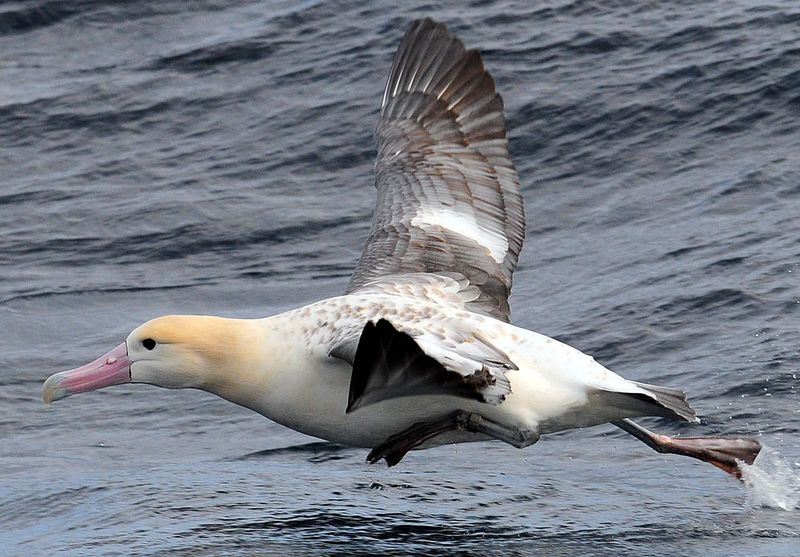
With a wingspan that defies belief, the Short-tailed Albatross is a giant of the sea. Once near extinction, this seabird has made a remarkable comeback.
Its striking golden head and large size make it a sight to behold as it soars over the North Pacific. These birds breed on remote islands, a testament to their oceanic life.
Their recovery is a success story in conservation, a symbol of hope for other endangered species.
Mountain Bluebird
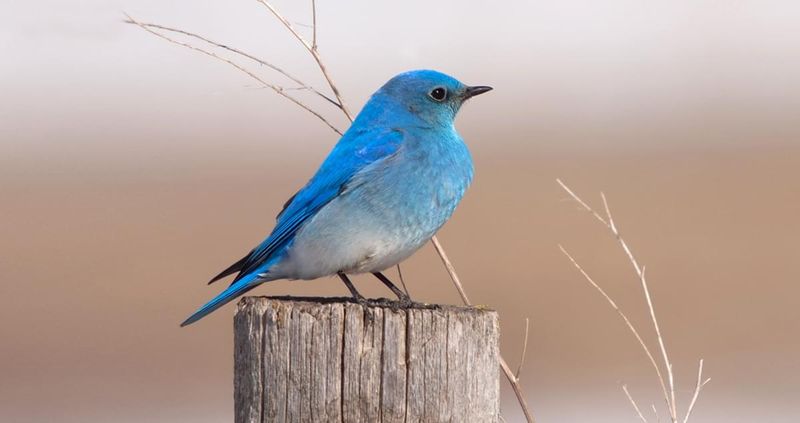
The Mountain Bluebird, with its vivid blue plumage, paints a stunning picture against the Rocky Mountains. Symbolic of the open skies and wide horizons, it captivates observers with its beauty.
These birds are migratory, moving between prairies and mountain meadows, adding color to varied landscapes. Their sweet, warbled songs are a delight.
Protecting their habitat ensures that the Mountain Bluebird continues to bring joy and wonder to all who encounter it.
Bald Eagle
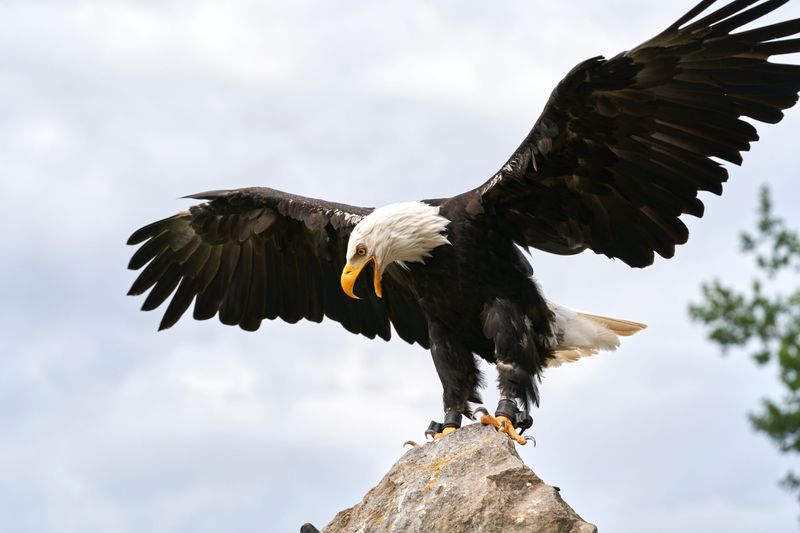
The Bald Eagle, with its striking white head and tail contrasting against its dark body, is an emblem of strength and freedom. Found near large bodies of open water, this bird’s piercing eyes can spot a fish from miles away, a testament to its keen hunting prowess.
With wings spanning up to seven feet, the Bald Eagle’s flight is a sight to behold. Its powerful presence in the sky is matched by its grace as it swoops down to catch its prey. This iconic bird was once endangered but has made a remarkable comeback, symbolizing hope and resilience.
Did you know? The Bald Eagle builds the largest tree nests of any bird in North America. These nests can be up to thirteen feet deep and eight feet wide, showcasing their architectural skills.
Black-capped Vireo
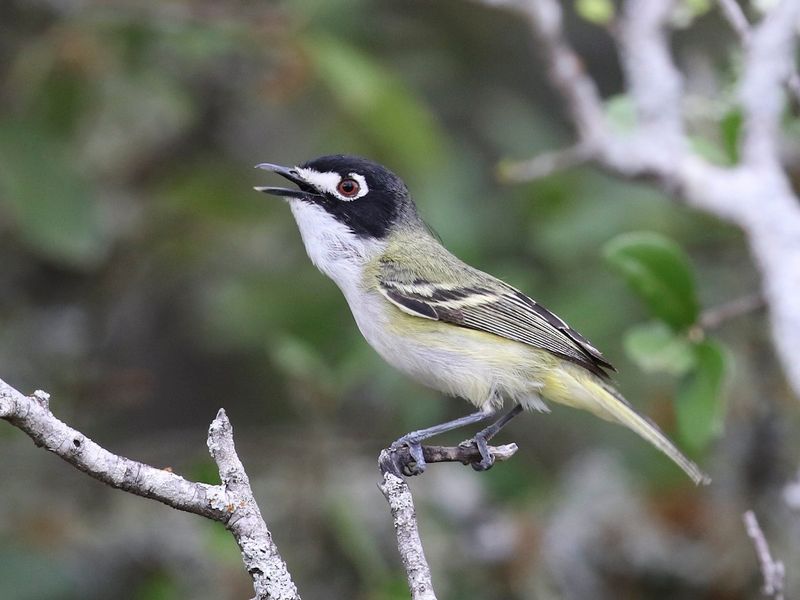
The Black-capped Vireo, with its striking black cap and white eyebrow, is a rare gem of the U.S. Its preferred habitat, shrubby areas of Texas and Oklahoma, is crucial for its survival.
These small birds flit through foliage, singing complex songs that delight birdwatchers. Conservation efforts have helped increase their numbers, a beacon of hope for threatened species.
Observing these vibrant birds in their habitat is a rewarding experience, showcasing the success of dedicated conservation work.
Elf Owl
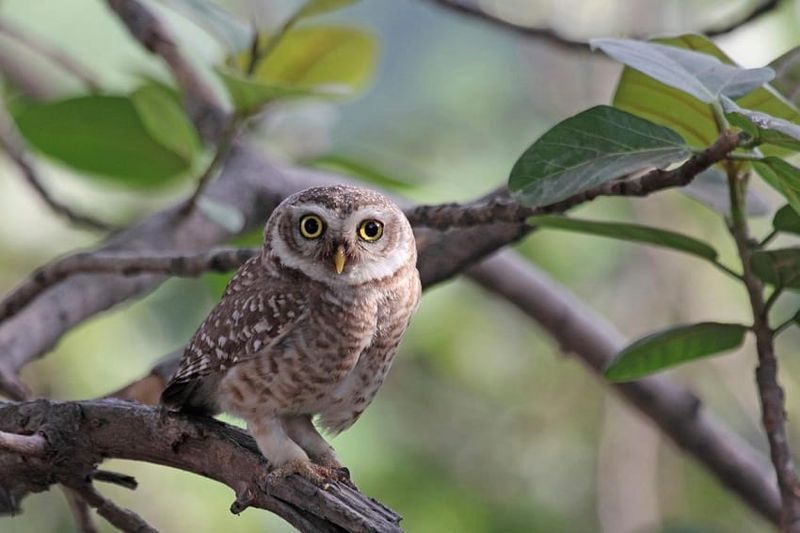
Perched among the prickly arms of saguaro cacti, the Elf Owl is the smallest owl species in the world. Native to the southwestern United States, this tiny raptor is a mere 5 inches tall. Its melodious calls echo through the desert night, adding a mystical soundtrack to the arid landscape.
Despite its diminutive stature, the Elf Owl is a fierce insect hunter, skillfully snatching crickets and beetles from the air. Its presence in the desert is a testament to resilience and adaptability.
With soft, spotted feathers and mesmerizing eyes, the Elf Owl enchants those lucky enough to spot it under the starry desert sky.

